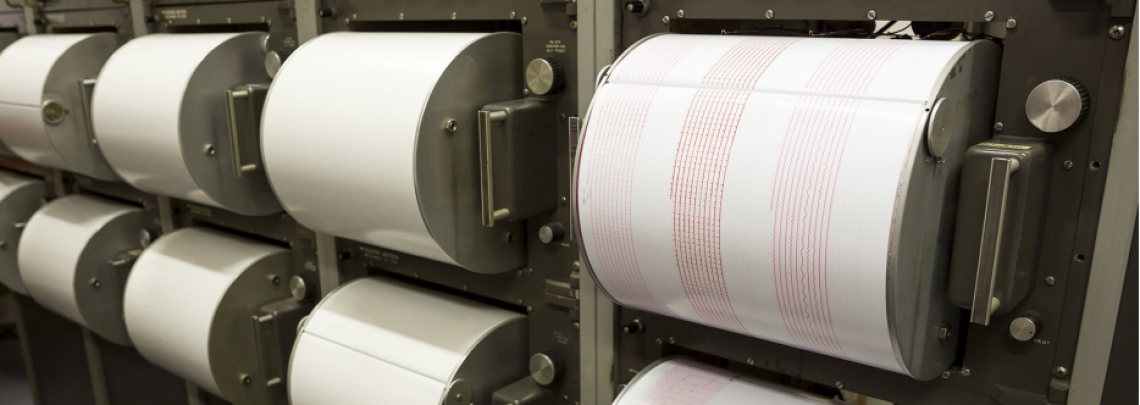This is a website for an H2020 project which concluded in 2019 and established the core elements of EOSC. The project's results now live further in www.eosc-portal.eu and www.egi.eu
This is a website for an H2020 project which concluded in 2019 and established the core elements of EOSC. The project's results now live further in www.eosc-portal.eu and www.egi.eu

Seismological data centers in Europe have probably one of the most mature and reliable open data provisioning services, which had been in production for many years. However, there was a lack of a modern and scalable AAI solution. The challenge was to design and implement an operational, scalable, federated AAI service that was able to interoperate with community services and that was compliant with state-of-the-art technologies.
EPOS-Seismology takes part in EOSC-hub as one of the many Competence Centers. Within the tasks performed in the project, we planned to improve some key components of our data services. Probably, the most successful example is its Authentication and Authorization System developed by GEOFON.
Our task was the design and implementation of the EIDA Authentication System (EAS) , a solution making use of B2ACCESS, a Unity-based solution provided by FZ-Jülich . The service was rolled out in production two years ago and it is currently operated by ORFEUS-EIDA , a federation of 12 European data centers, providing hundreds of millions of datasets yearly to thousands of international users.
Despite that almost all the data hosted by the data centers are open and accessible without the need of being authenticated, more than 400 users have already adopted the system from a base of around 2500 global users. Also, other European initiatives from our community supported and adopted our solution (e.g. the European Strong Motion DB).
But what is interesting to see is which were the key factors of this success, that sometimes are not taken into account when a new service, or tool is planned. In this case, there were three actions that allowed the fast adoption at the community level:
Regarding this last point, which we estimate is the most important one, we organised many international courses and webinars to reach our global users. Only in 2019, we organized the International training course on ocean bottom and amphibian experiment seismological data, we gave a talk in the EGU Conference, and a keynote talk at the EPOS Seismology Workshop on EIDA services and how to benefit from them. We also presented it in the Plenary of the FDSN, our International Federation, where most of the global community standards are discussed.
In addition to that, two webinars have been organized for the community at a global scale in the last months of 2020 . In November, the “EIDA Data Access” with an attendance of 140 scientists from all around the world; and in December, the “EIDA Authentication and Authorization” with around 50 participants registered.
The concept behind EAS was so well received that we are starting discussions at the global level, which should be held during 2021, to take it as a starting point to define our international community standard.
We take this as an example for our own future plans of new services and products. Users need to learn how they can benefit from your work and make better use of it, and most of the time they cannot do it on their own. In particular, in cases in which there is a strong competition with similar products, the outreach and community training becomes of ultimate importance for the success of your solutions.